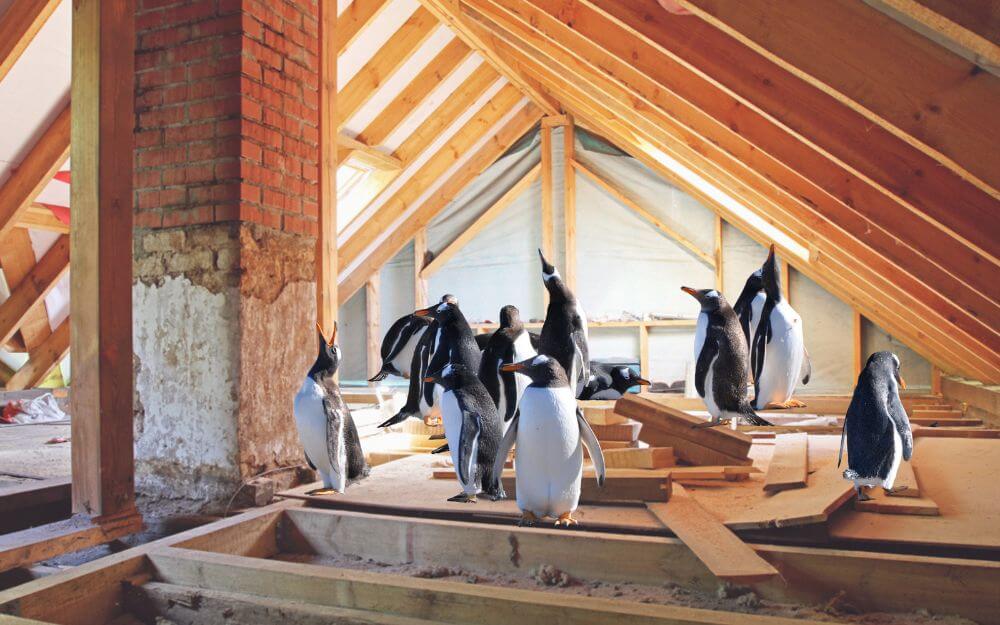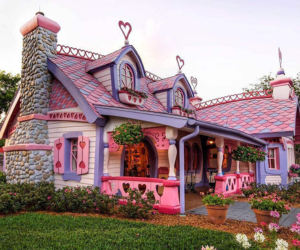With the presence of stains and mold spots on the wood and rust on the…
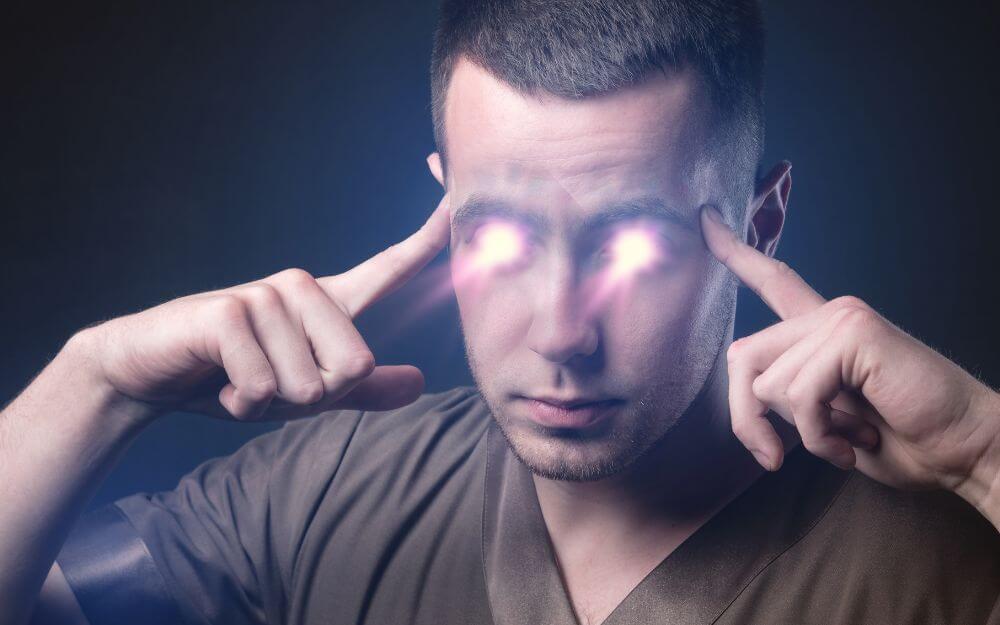
Thermography: 5 myths explained by our experts
Each winter, while a Siberian wind is whistling outside, we are presented with the traditional news report on thermal imaging surveys. According the pseudo-experts who show us these funny red and blue images, there is almost nothing they cannot see with their camera. Yet, unless asking Superman for a favor, no thermal camera can see through walls. Read our article and see 5 thermography-related myths explained by our trained thermographs.
1. A thermal camera can see inside walls
False. No camera is able to see inside the walls without first making an opening. The powers of the thermal cameras stop at the surface of the object it targets. The images reveal an approximate surface temperature deducted from a scientist calculation considering both reflected temperature, transmitted and emitted. But even if they fail to see through drywall, thermal cameras remain a good non-destructive way to gather clues as to what is happening within a wall.
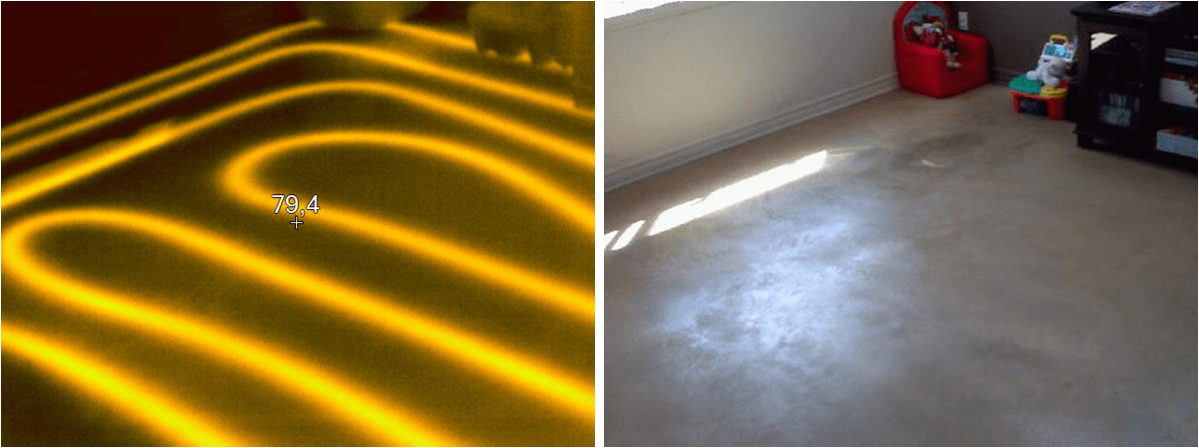
2. The cost of the device is the best guarantee of quality results
False. In fact, the price of a device is mainly determined by the accuracy of the difference of degree that it’s capable of detecting. If such accuracy may prove crucial in certain environments such as laboratories it is unnecessary for a building inspection. For example, it is difficult to imagine a real estate transaction go down the drain because of the temperature of a floor that is 68.1 oF instead of 68.07 oF. It is rather in the experience and competence of the experts that lays the true value of a thermal inspection because without their explanations you find yourself with a lot of colorful photographs that have no real value.
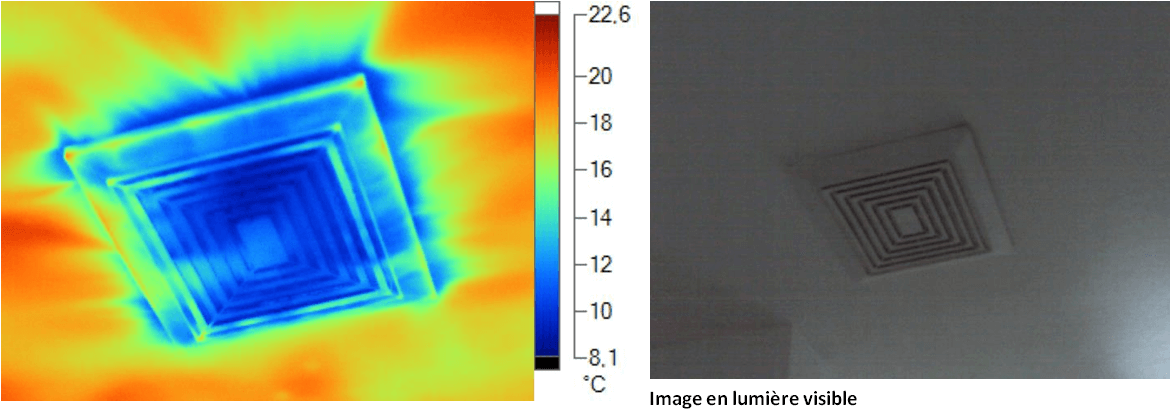
3. A thermographic inspection eliminates the risk of hidden defect
False. Like any inspection, using thermal imagery has its limitations and it would be exaggerated to issue such a statement. Its use allows the visualization of temperature variations. Therefore, it is possible to get an overview of issues that result in hot and cold differences (active water leaks, gaps in the insulation, electrical faults, etc.) but no more. If the home you want to buy is facing a serious structural problem, thermal imaging will not help you identify it. For such a problem, the inspector must rely on other clues that can reveal its existence. In other words, although it can be used during a pre-purchase or pre-listing inspection, thermal imaging will never replace the good observation skills, insight and experience of a seasoned inspector.
4. The sun distort data
True. Although sunlight does not affect the use of the camera, it’s a different story when it comes to the heat of the sun that can raise the temperature of the exterior cladding of a house. Moreover, solar heat can vary the temperature of a masonry wall up to several hours after sunset. This is a factor with which our certified thermal imaging technicians are familiar. Therefore, they take it into account in the interpretation of images taken to avoid false diagnoses such as believing that a wall is poorly insulated and letting a lot of heat escape from the inside of the house when that is not necessarily the case.

5. Anyone can use a thermal camera.
True. Anyone can purchase a thermal camera and improvise as a thermal-imaging expert because, of course, nothing regulates its possession. But possessing such a camera does not make the owner an accredited and experienced thermograph and that is where the trap for consumers lies. Certainly, accreditation proves that the user is able to properly use the various functions and settings of the device, but it takes more than that to make a good thermograph. For an expert in building experience, the thermal camera is a tool among many, but it is nothing if he’s unable to correlate the images obtained and the multitude of factors that influence the building at any given moment.
For example, imagine you fracture your arm. A radiologist puts it in the machine, presses a few buttons, makes the necessary adjustments and takes some shots. It is here that ends its expertise and that of the doctor begins. He will analyze the X-rays, tell you what the problem is and how to fix it. A good thermograph must hold both the role of the radiologist and doctor because he has to handle the camera and interpret the images received.
Follow this link to learn more about our thermography service and all of our residential services.
